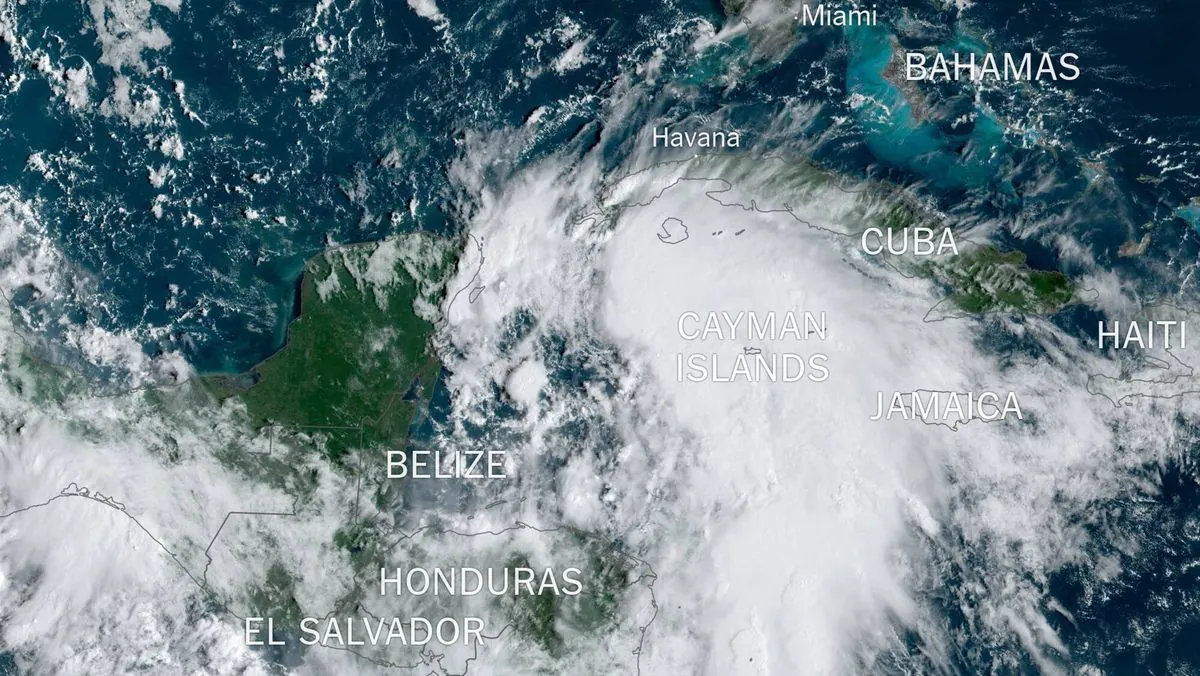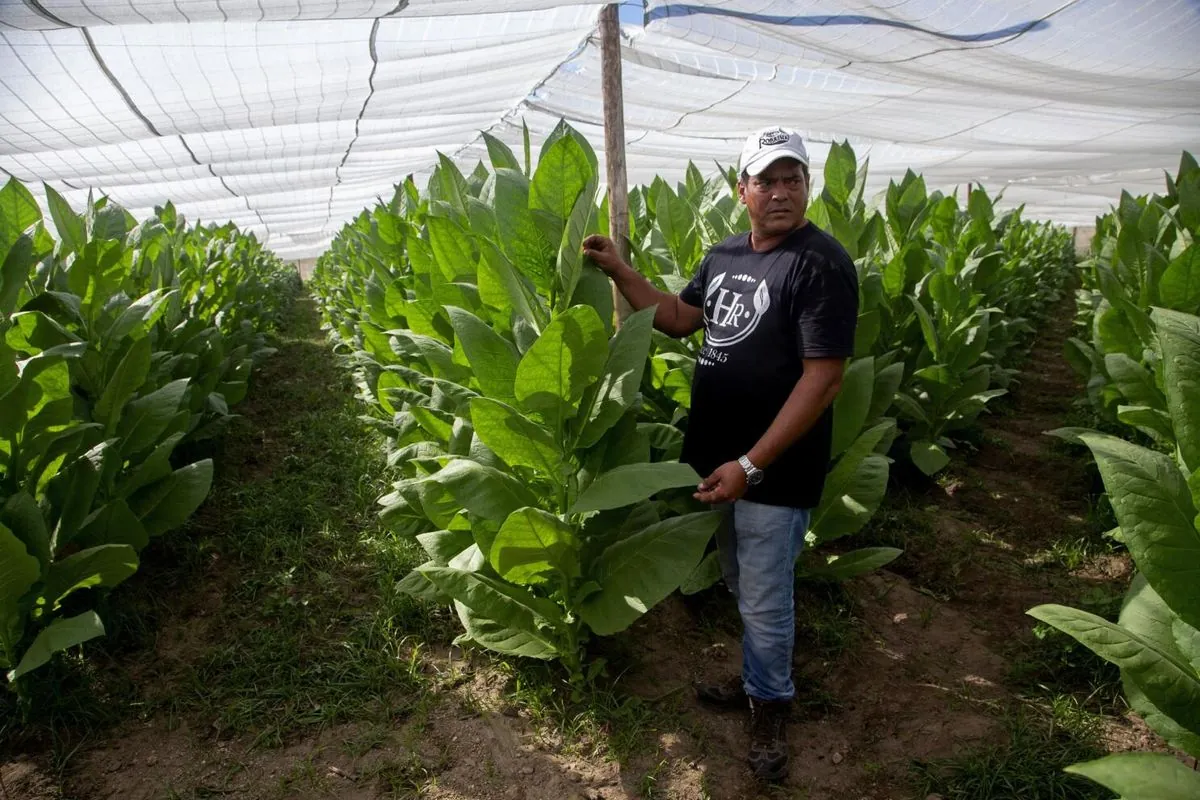Tropical Storm Helene Threatens Cuba and Florida with Potential Hurricane Impact
Tropical Storm Helene approaches Cuba and Florida, expected to intensify into a major hurricane. Authorities issue warnings and prepare for potential flooding, mudslides, and life-threatening storm surge.

As of September 24, 2024, Tropical Storm Helene is advancing towards Cuba and Florida, prompting serious concerns among meteorologists and local authorities. The U.S. National Weather Service has issued warnings about the storm's potential to cause significant damage in the coming days.
Helene, currently located approximately 180 miles south of Cuba's western tip, is moving northwest with sustained winds of 45 mph. The National Hurricane Center in Miami, a component of the National Weather Service, predicts rapid intensification as the storm traverses the warm waters of the Gulf of Mexico. By Thursday, September 26, Helene is expected to evolve into a major hurricane, potentially reaching Category 3 or higher on the Saffir-Simpson scale, with wind speeds up to 115 mph.
Cuba, the largest island in the Caribbean Sea, is already experiencing the storm's initial effects. Authorities have implemented precautionary measures, including school closures, port shutdowns, and the recall of fishing vessels. The western third of the island is under a hurricane watch and tropical storm warnings. Cuban tobacco farmers are working diligently to protect their valuable crops, which are essential for the production of the world-renowned Cuban cigars.

In Florida, Governor Ron DeSantis has declared a state of emergency across most counties. Residents in low-lying coastal areas of the Florida Panhandle and west coast are facing mandatory evacuation orders due to the threat of storm surge, which is often the most dangerous aspect of a hurricane. The National Weather Service warns of potential coastal flooding as early as Wednesday, September 25.
The White House has confirmed that President Joe Biden has been briefed on the situation and is in communication with local officials. Federal resources, including generators, food, water, and search and rescue teams, have been prepositioned to respond to the storm's aftermath.
Climate scientists have noted that the frequency and severity of hurricanes in the Caribbean and Gulf of Mexico region have increased due to global warming. The Atlantic hurricane season, which officially runs from June 1 to November 30, has seen more intense storms in recent years.
The storm's projected path also includes the northeastern tip of Mexico's Yucatan Peninsula, affecting popular tourist destinations like Cancun. Later in the week, Helene is expected to move northward, potentially impacting parts of Georgia, Tennessee, and Kentucky with flash flooding and urban flooding.
U.S. oil producers in the Gulf of Mexico, a major source of oil and gas production for the country, have begun evacuating staff from offshore platforms as a precautionary measure.
As Helene approaches, residents and authorities in the affected areas are urged to stay informed about the storm's progress and follow all safety guidelines and evacuation orders. The National Hurricane Center and local weather services will continue to provide updates on this developing situation.
[[Cuban resident Yoli Gigato]]
"Our experiences with hurricanes have been terrible. We are praying that the damage is not so serious."
This statement reflects the apprehension felt by many Cubans, who are already facing economic challenges and shortages of essential goods. The memory of Hurricane Ian's direct hit two years ago remains fresh in their minds as they prepare for Helene's arrival.


































